On Dec. 3rd, 2022, Vancouver’s Bill Reid Gallery of Northwest Coast Art hosted an Indigenous Artisans Market that showcased a wide variety of work from Indigenous artists in Canada. From meticulously hand-crafted beadwork earrings to exquisitely textured quillwork art, there was no shortage of artistry and craftsmanship present at the market. However, one stand, in particular, couldn’t help but draw me in.
With a group of curious people huddled around his booth, Anishinaabe artist James Darin Corbiere from Wikwemikong First Nation on Manitoulin Island, Ont., showcased a brightly coloured board game in front of him. The game was titled, The Truth in Truth and Reconciliation.
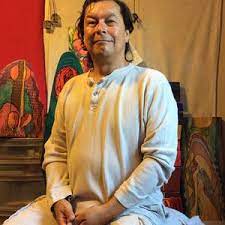
The trivia-based game contains 100 questions in five categories, playing as either an Indigenous player (of which there are ten), the Church or the Crown. “The Indigenous player’s goal is to survive the game,” explained Corbiere in an interview with Arts Help.
The Indigenous player survives by collecting four “eagle feather” cards. If they run out of currency before they collect four eagle feathers, the player is extinct. The currency in the game is represented by cards for Indigenous land, culture, language and identity.
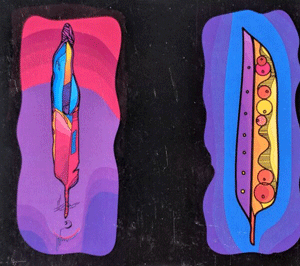
In addition to the board game, Corbiere has an extensive collection of artwork that spans from neon ink on ash wood planks, to hand-drawn graphic novels. Corbiere remembers the day his art journey began in November of 2015 as a “defining moment.”
“I remember it specifically because a lot of things happened around that day, not necessarily good things, I wouldn’t define them as being good things, but I lost my temper at home… I broke a pen on some wood that I had in the basement and the ink poured onto [the wood].” The ink from the pen, much like the emotions and experiences Corbiere was “carrying inside” previous to his artwork, was no longer solely contained.
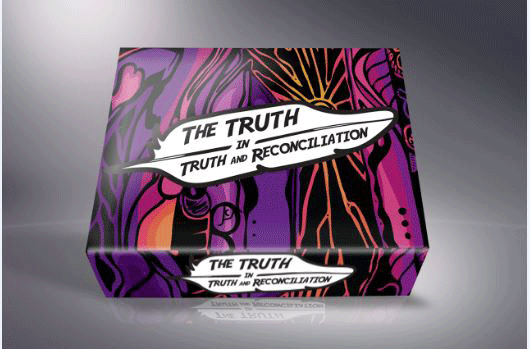
Corbiere’s distinct art style combines neon colours with traditional linework used in Indigenous artwork throughout Canada, creating a striking contrast that makes his subjects pop. This captivating colour palette was something that came naturally to the artist as a child.
“When I was a kid I used to be able to see colours around people. That was a gift I had and I didn’t realize it was a gift. But some bad things started to happen at the church on the reserve I [had] [grown] up in and that ability to see those things went away… So when you look at my artwork, it’s sort of like an extension of how I might’ve seen you when I was a child,” he said.
In addition to his exuberant colour palette, an additional layer of complexity was added to Corbiere’s style when he quite literally saw his art in a new light. When he turned 50, a friend of Corbiere’s gave him a light that had red, white and blue LEDs in it. One day, the artist turned off the main light in his room, allowing the LEDs to shine onto his artwork. The result? Glowing art. “After that point, I think a lot of my later work was designed to have that feature, so it would fluoresce under a black light.”
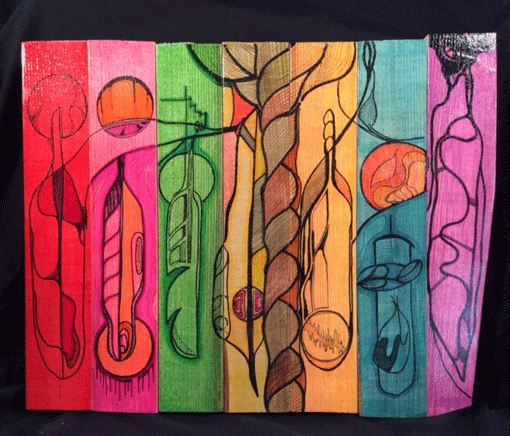
At the beginning of his artistry, Corbiere didn’t intentionally set out for his work to be educational. Rather, “The early artwork was storytelling. It was taking cultural icons and using them to help tell the stories,” he said.
An Anishinaabe Creation Story: Part One of the Legend of Gii Wed Anong (2017) is the first of a ten-part graphic novel series that Corbiere created. In the prologue of the novel, there is a page that introduces sounds from the Anishinaabe language. Corbiere translates Anishinaabemowin (of which there are multiple dialects) words throughout the novel into English for non-native speakers to understand.
It is important to understand how the traumas of colonization, such as residential schools forcing students to speak English or French instead of their native languages, inform language vitality. By teaching the reader about one of the many Indigenous languages in Canada that are endangered due to forced language assimilation, the book reflects on the United Nations Sustainable Development Goal of Reducing Inequality.
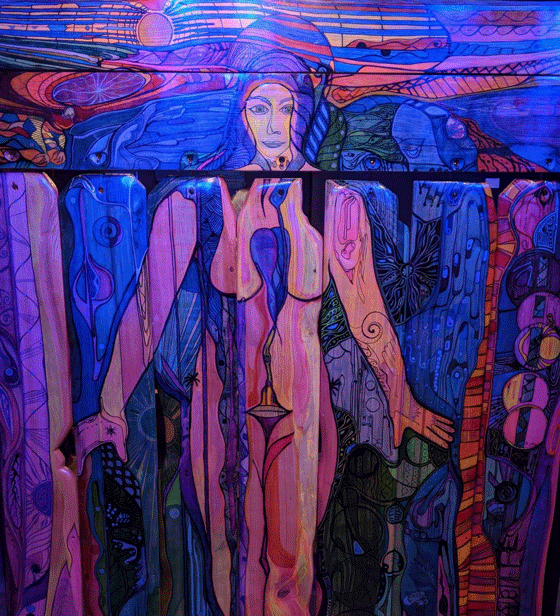
As a former linguistics student who’s learned about Indigenous language revitalization in Canada, it was heartening to see the artist’s graphic novel dually incorporate language learning and cultural information in an engaging way. Language revitalization is not only about revitalizing the language itself, but also the speaker’s cultural background and sense of identity.
Since then, Corbiere’s art has increasingly focused more on the historical and current events relevant to the treatment of Indigenous peoples in Canada. The artist mentioned the Pope’s visit to Canada, the discovery of mass graves, and residential schools as topics that his more recent artwork connects to.
Additionally, Corbiere talks about one method through which his art educates: a combination of dark humour and empathetic epiphany. “People will see a piece of artwork and it might make them laugh, but then they’ll realize it’s a very deep and painful subject.” Corbiere believes art makes a deeper connection “when people have those ‘aha moments.’”
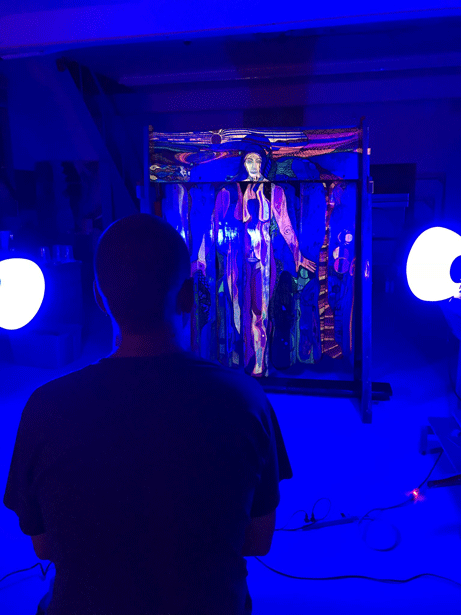
Another educational component of his work is highlighted in The Truth in Truth and Reconciliation board game. The game combines his signature art style with information about the Crown and Church’s colonization of Indigenous land, identity, culture, and language in Canada. By spreading this knowledge, Corbiere brings to light the atrocities committed by large institutions, which the United Nations hopes to diminish with their Sustainable Development Goal for Peace, Justice, and Strong Institutions.
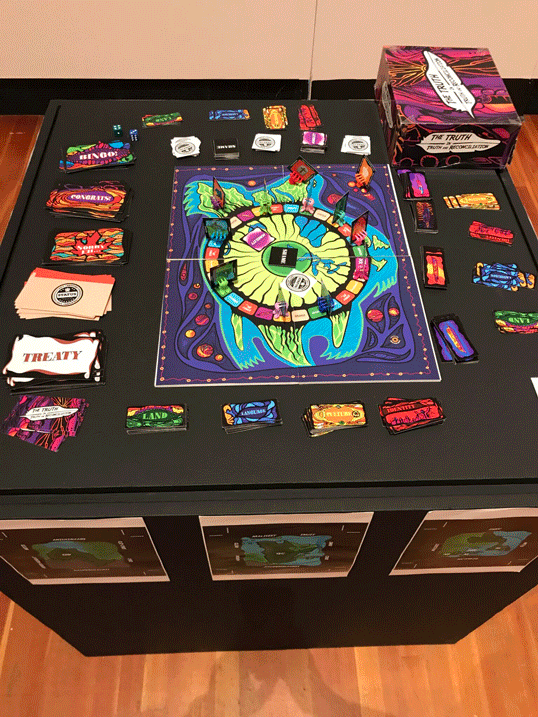
The intelligent choice of using a medium traditionally associated with the light subject matter, board games, to discuss some of the most horrifying aspects of history in Canada does exactly what Corbiere intends. It encourages the player to have an ‘aha moment.’
Looking proud, the artist fondly recounted his old students playing the game when he created it as an educator in 2017. In preparation for their exams, his students enjoyed playing the board game and they encouraged Corbiere to market it.
The Truth in Truth and Reconciliation interested the Ontario-based publisher Nelson Education, but after a market scan, the company did not pursue publishing the game. “Shame” cards are given to the Church in the board game and Corbiere remarked that “Catholic [School] Boards in Ontario would not use the game if the shame cards were in it. And so, they asked to have the shame cards removed, and I said no.” Corbiere offered to add “humility” cards to the game in addition to shame cards, but the game was still not published.
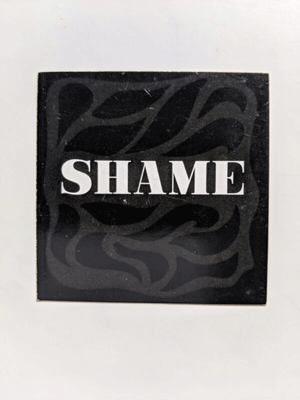
“Nelson received a variety of feedback in its market scan, including reference to the naming of the Shame Cards. Nelson provided suggestions and feedback to Mr. Corbiere to encourage continuing to pursue the proof of concept,” stated Colleen Aguilar, executive director of communications for Nelson in an email to the CBC.
At the Indigenous Artisans Market, when Coribiere explained that the Shame cards were asked to be removed, I noticed people's reactions at his stand. The sense of disappointment in the air felt palpable.
“After what happened last year with Kamloops and all these other revelations about things that happened at residential schools, the secret's out there. There's nothing to hide, right? Everybody knows. So, why bother being worried about a Shame card at this point?” Corbiere adds.
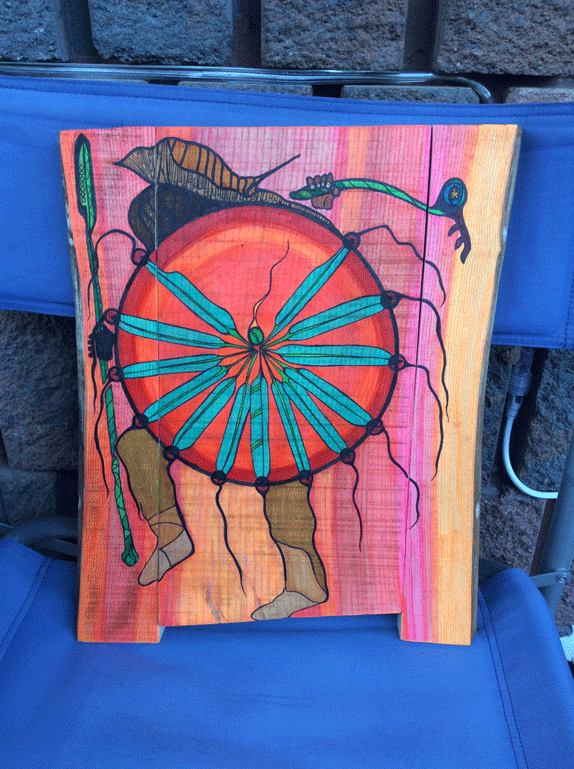
On May 27th, 2021, the remains of 215 children who were former Kamloops Indian Residential School students were found on Tk’emlúps te Secwépemc territory in British Columbia. In June of that same year, the Cowessess First Nation in Saskatchewan found the remains of 751 unmarked graves close to the Marieval Indian Residential School. The cultural genocide that took place at these schools, as well as the rampant neglect and abuses that more than 150,000 children had to go through, are the disturbing reality of the Canadian residential school system.
As part of the Indigenous Reconciliation Fund, in January 2022, the Canadian Conference of Catholic Bishops said they would raise $30 million and spread the funds for Indigenous reconciliation issues. Corbiere applied to the fund via the Archdiocese of Vancouver in August. The artist explained the game and how he would use the grant, but the Archdiocese has not given him any updates on the status of the funding despite Corbiere’s follow-up.
“I have the perfect vessel to help [the Church] to go through the process of reconciliation. And I haven’t heard from them, and I don’t know who they answer to.”
Currently, Corbiere plans to raise funds for the game via GoFundMe. The original goal was to raise $1.5 million to give away 22,000 copies. Since then, he has amended the goal to raise $100, 000 in order to print 2,000 copies that will be sold to launch the game. To go along with the board game, the artist is excited to release a teacher’s guide (The Genuine Indian Guidebook) that expands on the information in each of the trivia cards.
Corbiere’s art tells stories and educates, but for himself, it also has the power to heal.
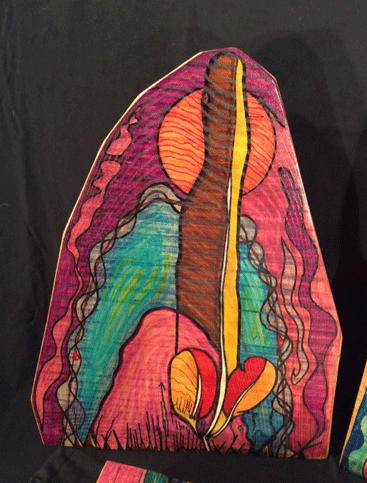
“It has been very good for the soul, the artwork. This accidental inkblot turned into all this other stuff… since then I’ve produced, I think, about 300 pieces of artwork, including the game… artwork is the vehicle, it’s helped a lot with the healing,” mentioned the artist with a small smile.
If you’d like to learn more about James Darin Corbiere and his artwork, visit Eastern Woodland Art for additional information.
